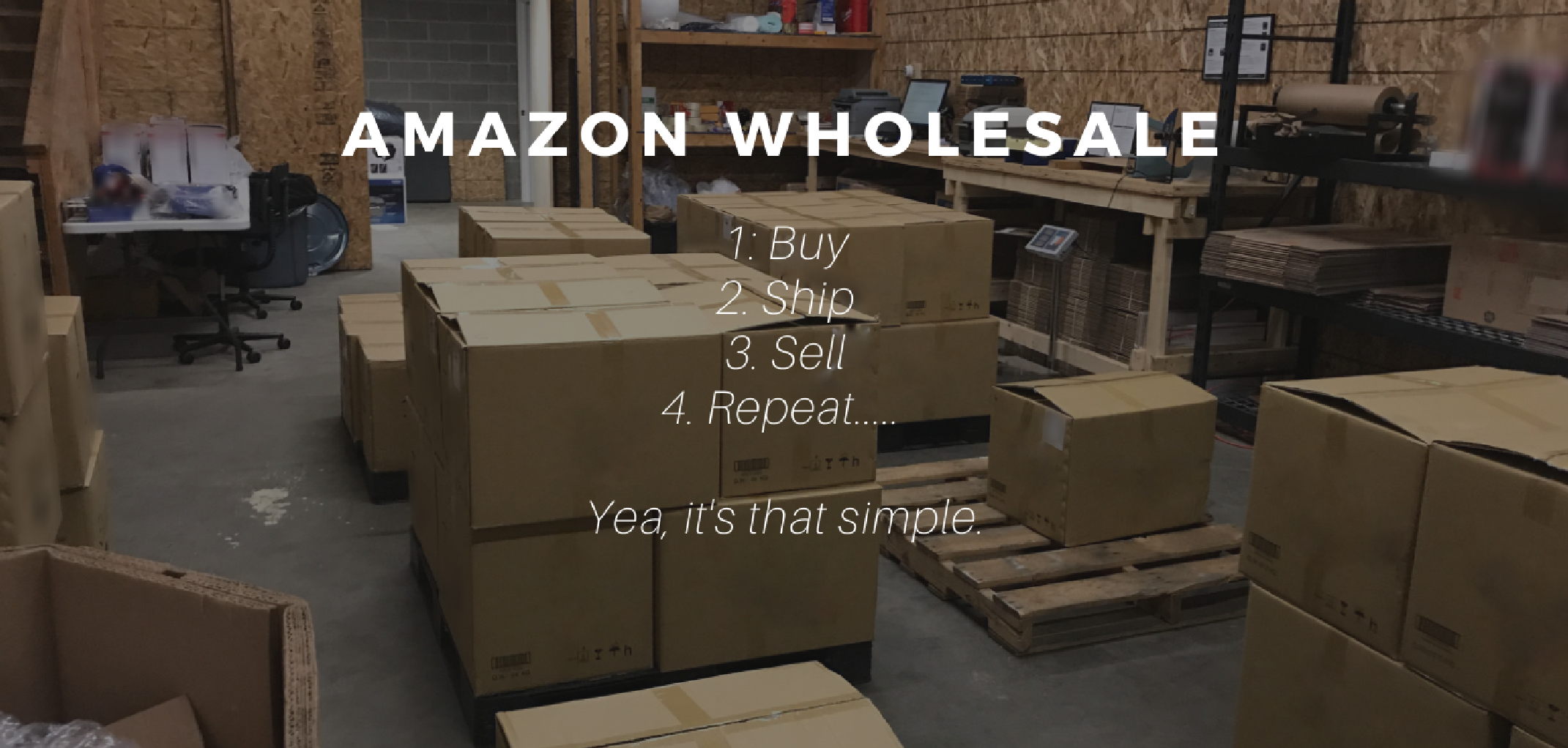
“I sell products on Amazon”. That’s my simple answer when someone asks what I do for work.
Then, the always secondary question, “so you, like, buy products from China and resell them?”
“No, I buy products from brands in the US”
“But wouldn’t it be cheaper to buy from China?”
“Well yes, but that would be counterfeit products…”
At this point it usually becomes too much to explain the whole process with no context. The simple fact is that I find great products already selling on Amazon, contact the brand owner/company and establish a wholesale account, buy in large quantities and restock once or twice a month.
That’s it…
This is my entire business model. I don’t touch any of my inventory (I outsource that aspect) and run the whole business from my laptop while completing my Bachelor’s degree in Florida.
Using Amazon FBA as an ecommerce platform, I’m able to keep making sales while I vacation for a week in Paris or while backpacking in Oregon. It really doesn’t matter as Amazon handles about 98% of the logistics for you.

Spending a week in Paris barely working and still making sales!
I’m assuming that if you’re reading this post you understand how Amazon really works: most of the selling/sourcing is done by 3rd party sellers, not just Amazon. You probably also understand what a massive opportunity selling on Amazon presents. Each day, thousands of new products are going live on Amazon, products that sellers like myself will eventually pick up and add to our portfolio of wholesale inventory.
But it isn’t all sitting in Thailand raking in the dough for an hour a day. This business, especially as you grow requires a decent amount of capital. Imagine spending $50,000+ each month on inventory…. That’s a ton of tacos as my internet idol Noah Kagan would say. But, that $50k in inventory may actually sell from $75-100,000, the difference being your profit.
The good news is that you don’t need nearly that amount to begin. I would personally suggest $1,000 to get started, but you’ll want to scale up quickly.
In addition to the heavy capital requirement to grow, you’ll also spend a decent amount of time “sourcing” new wholesale accounts to place orders with. Although it’s very simple, it takes time.
It’s sort of like sales, you have to get through a lot of no’s to get the right amount of yes’. Again, simple, but takes consistent effort on your part.
You’ll also be competing with other sellers, which can be an issue (but we will teach you how to avoid these issues in future posts). So what’s the point in doing Wholesale on Amazon?
Here’s the thing, if you want to start making money with Amazon and don’t have $10,000+ to invest, it becomes really tough to get started. Also, using a model like Private Label requires you to build out a listing, get it ranking and THEN start making sales. This might make great sense a year from now, but you need to start moving inventory THIS month.
Wholesale allows you to do just that. You place an order for say 50 units on a product that meets our buying criteria, it gets prepped and shipped into Amazon, your inventory begins selling week one, if not day one. That’s as simple as it gets. You could spend $1,000 this week on Wholesale inventory and sell 100% of that inventory in 2-4 weeks, get your capital back plus your profits. Then, do it all over again, but buy more inventory…
But why not a model like Retail Arbitrage or Online Arbitrate? Sure, those models also make money, but what if you found a product that did 40% profit margin, $5 per unit in profit, but you could only buy 10 units and your costs would change randomly? What’s profitable this week may not be next week.
It doesn’t really lend itself to scaling in depth on products.This is really where Wholesale sourcing shines. If you can move 1,000 units of a product with the same variables as above, had the wholesale account and could place one single order for 1,000 units each month, which is better?
Using the Arbitrage method, you would make $50 in total from the 10 units, but with Wholesale, you would be able to make $5,000 each month from just ONE product for the SAME amount of work!
Now imagine having that product, 3 more that make you $500 each month and 5 others that make you $1,000.
In total you would place a relatively small amount of orders compared to OA/RA models. This is why using the Wholesale business model allows you to better scale your business and profits month after month.
You’re essentially “stacking” profitable products, creating a portfolio of easily scalable and replenishable products.
If you’ve ever struggled to make money or even spend $5,000 a month using a model like OA or RA, I strongly suggest you give the Wholesale business model a strong chance.
Considering I struggled to spend $5,000 a month myself on barely profitable inventory and now routinely spend $30,000+ each month with MUCH less work, Wholesale seems to be the way to go for new Amazon FBA sellers getting started.






About The Author: Dillon Carter
Hi, with James, we're building Amazon tools that we wish we had when starting our own companies. We love tech, coffee, building systems and all things Amazon.
More posts by Dillon Carter